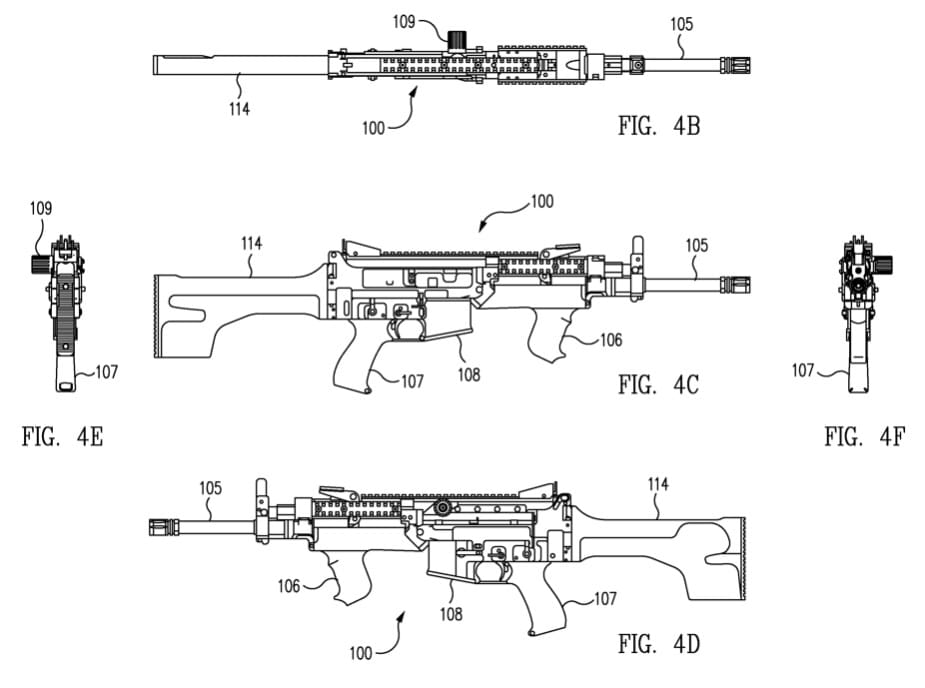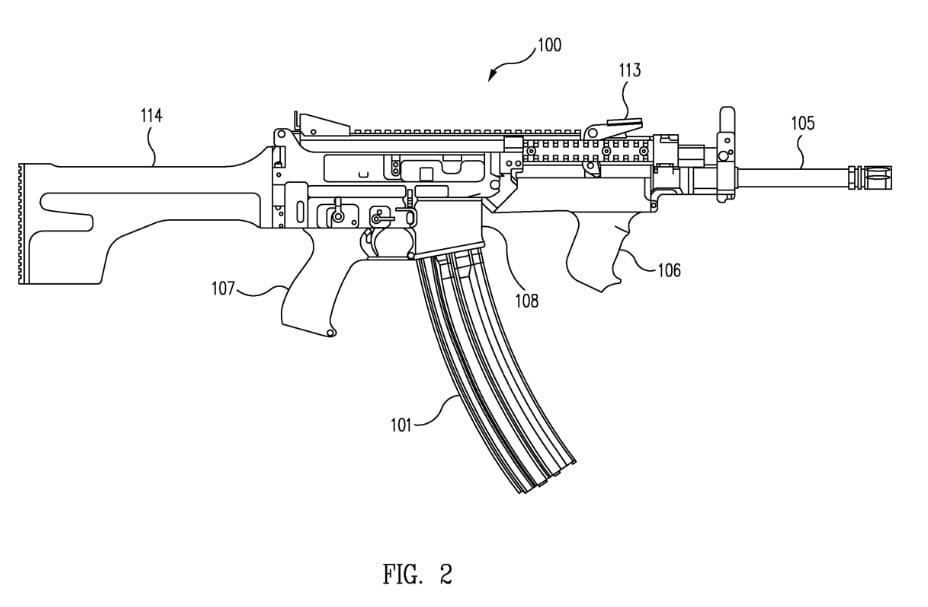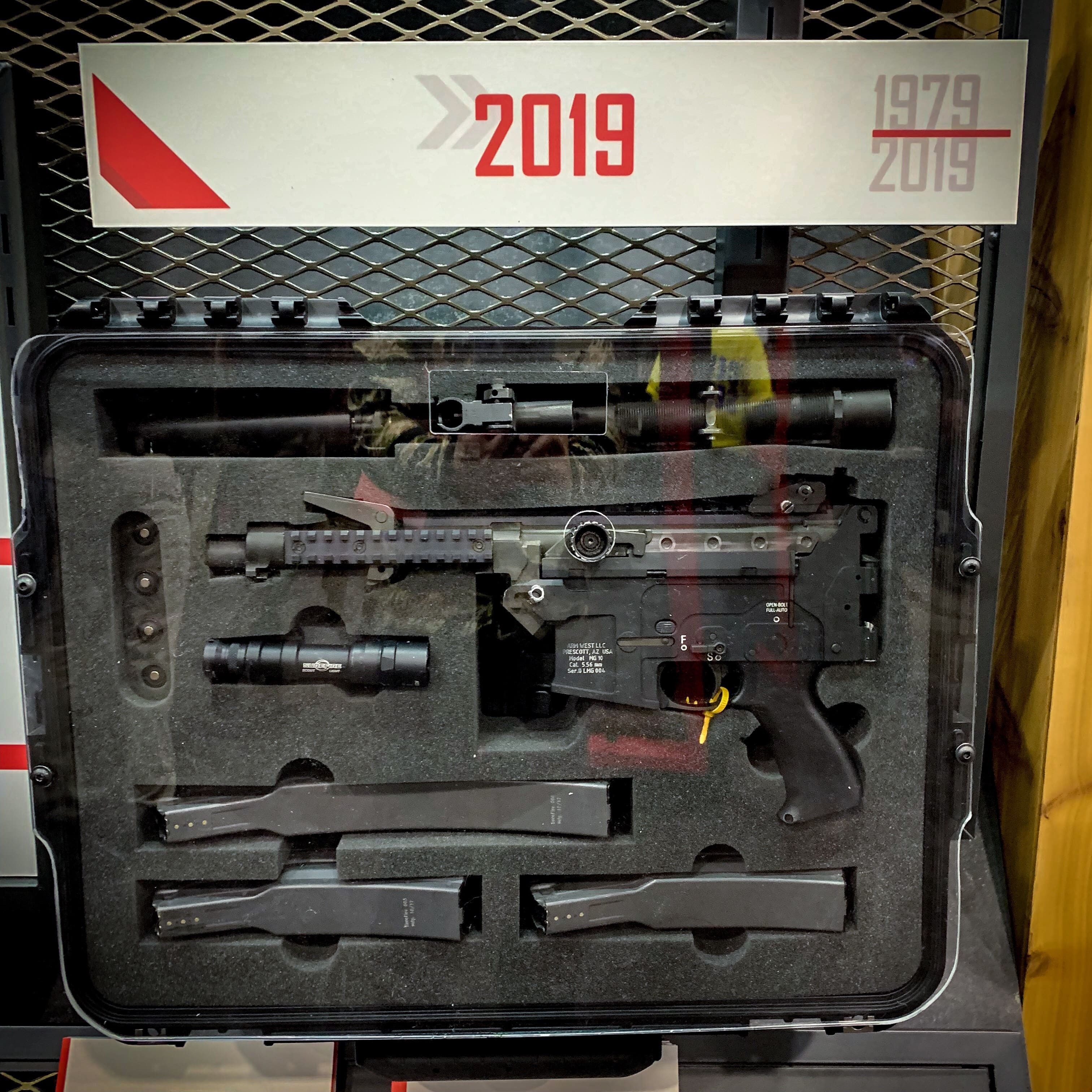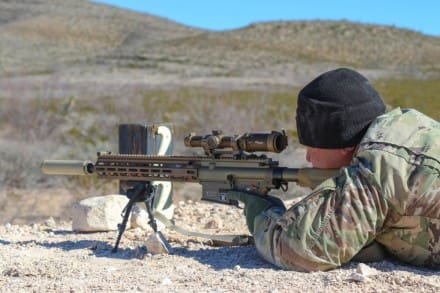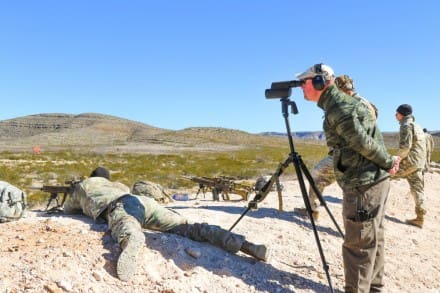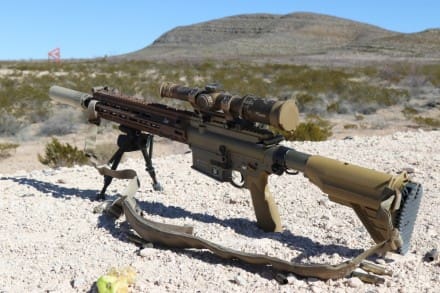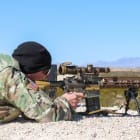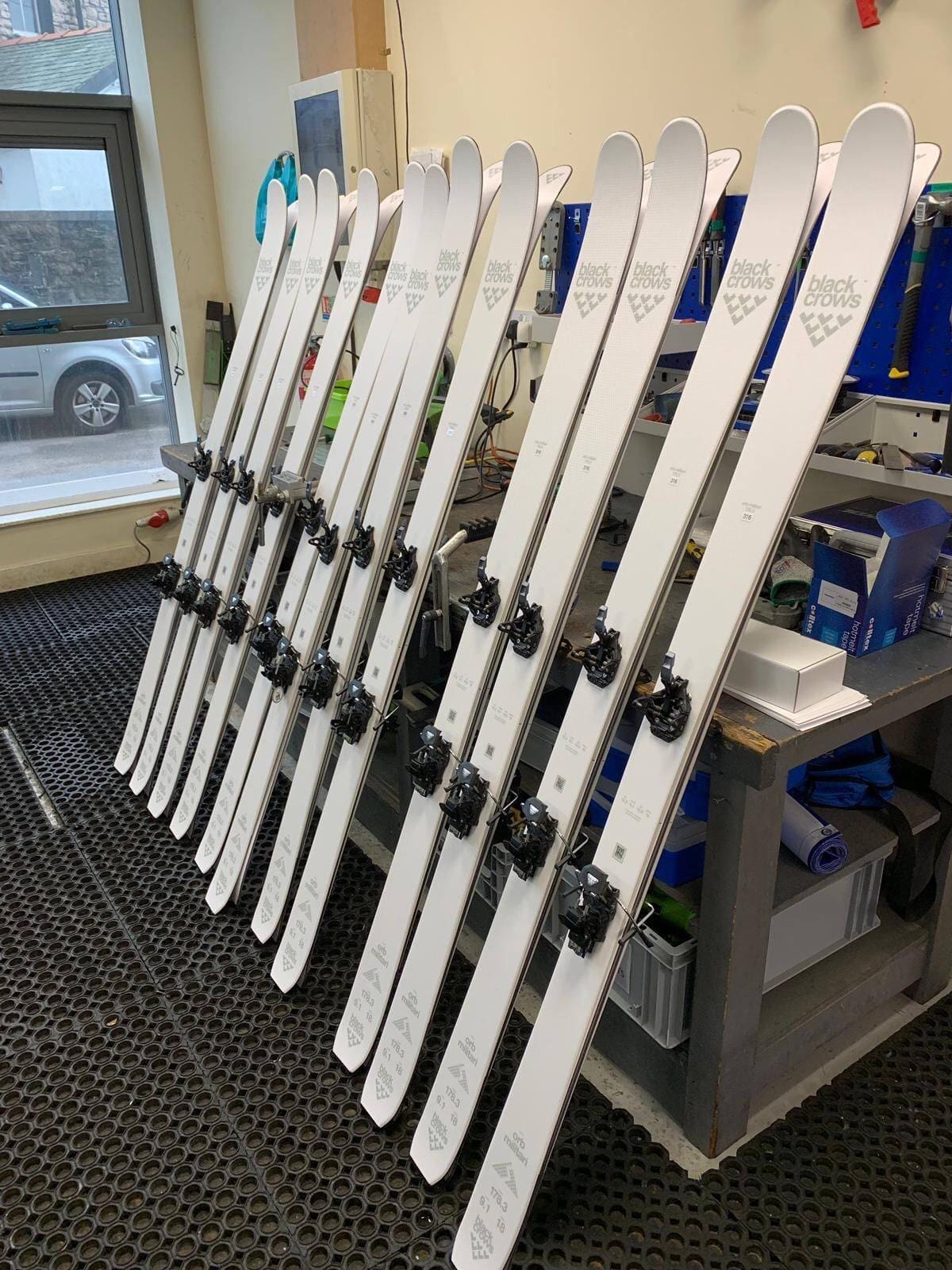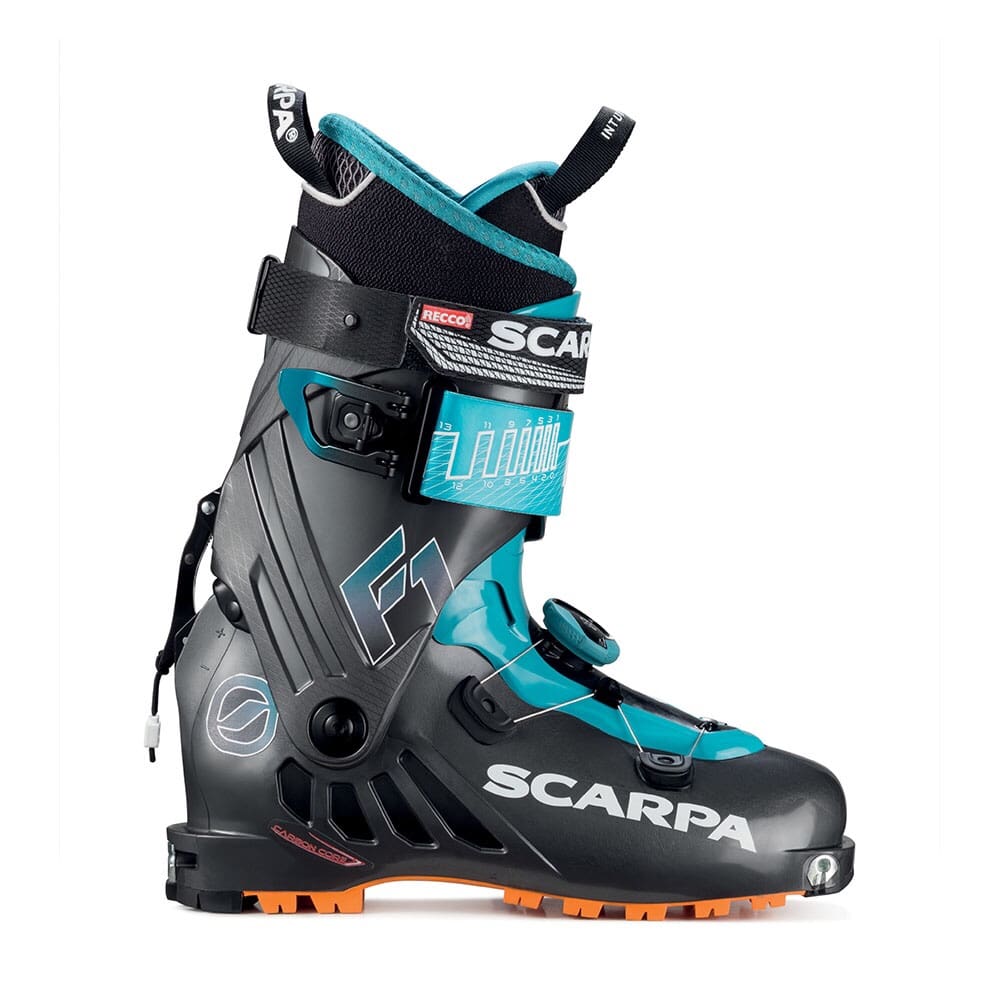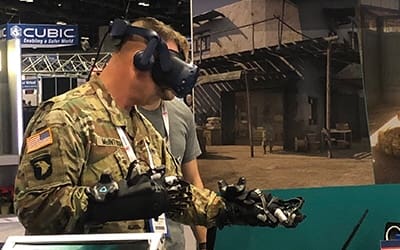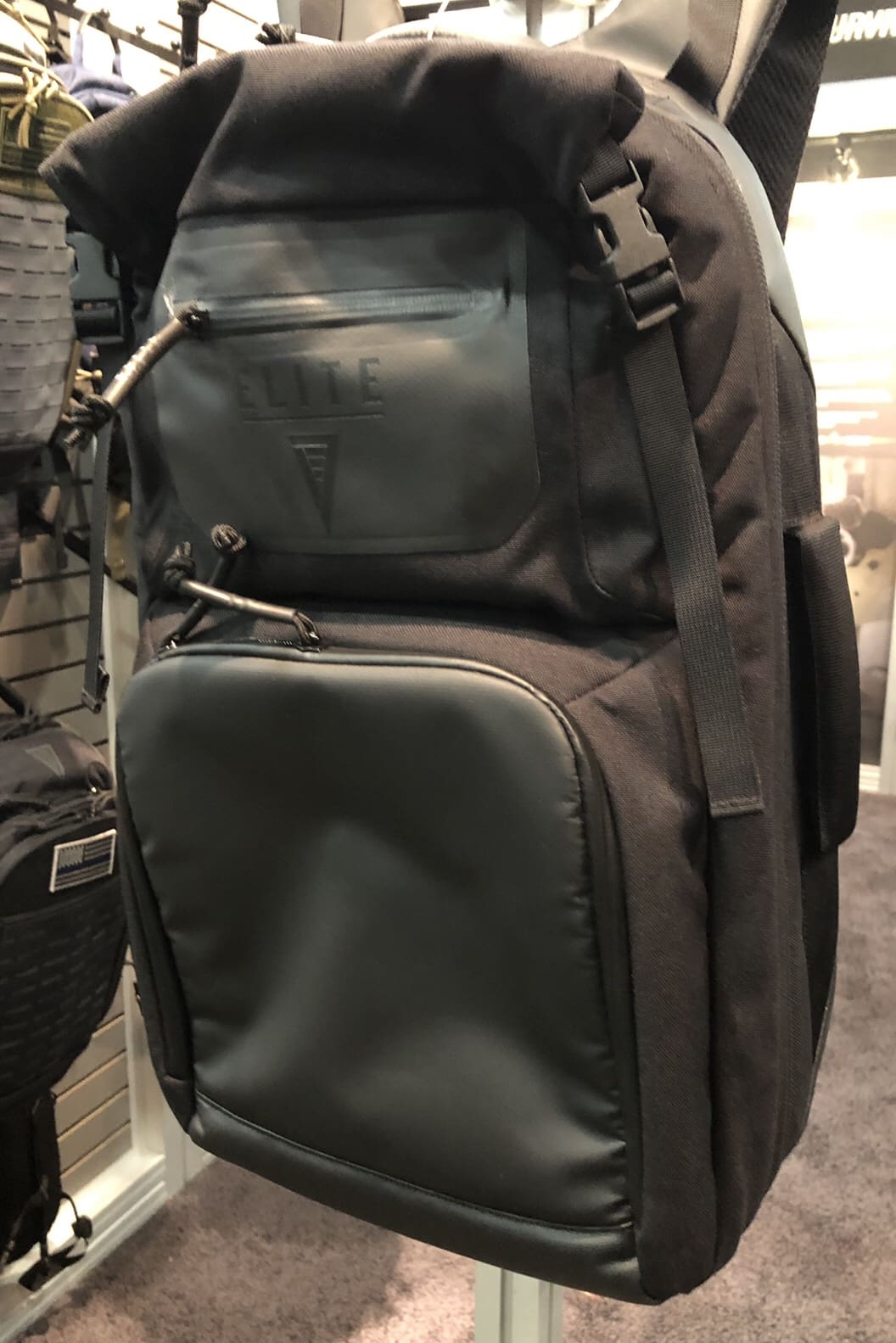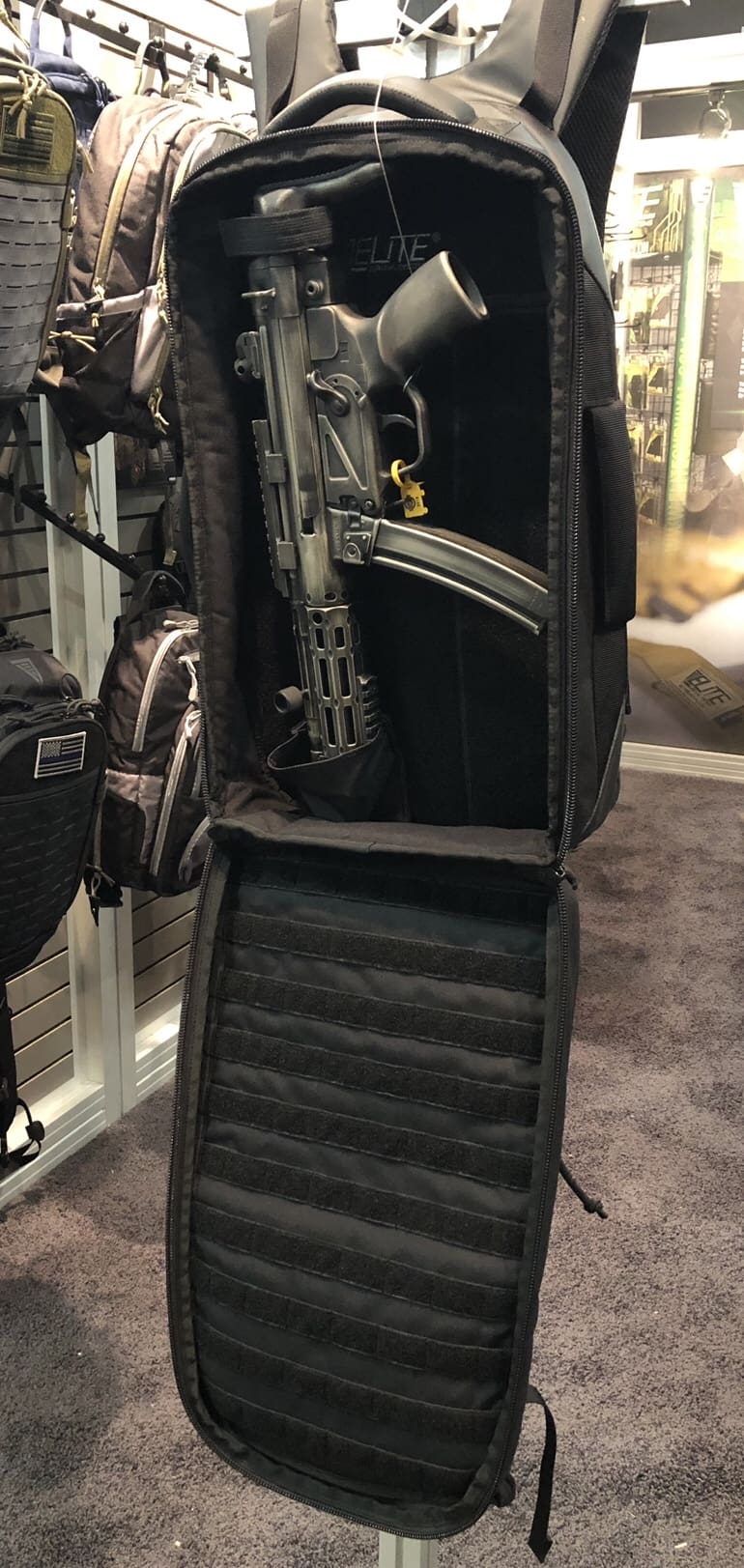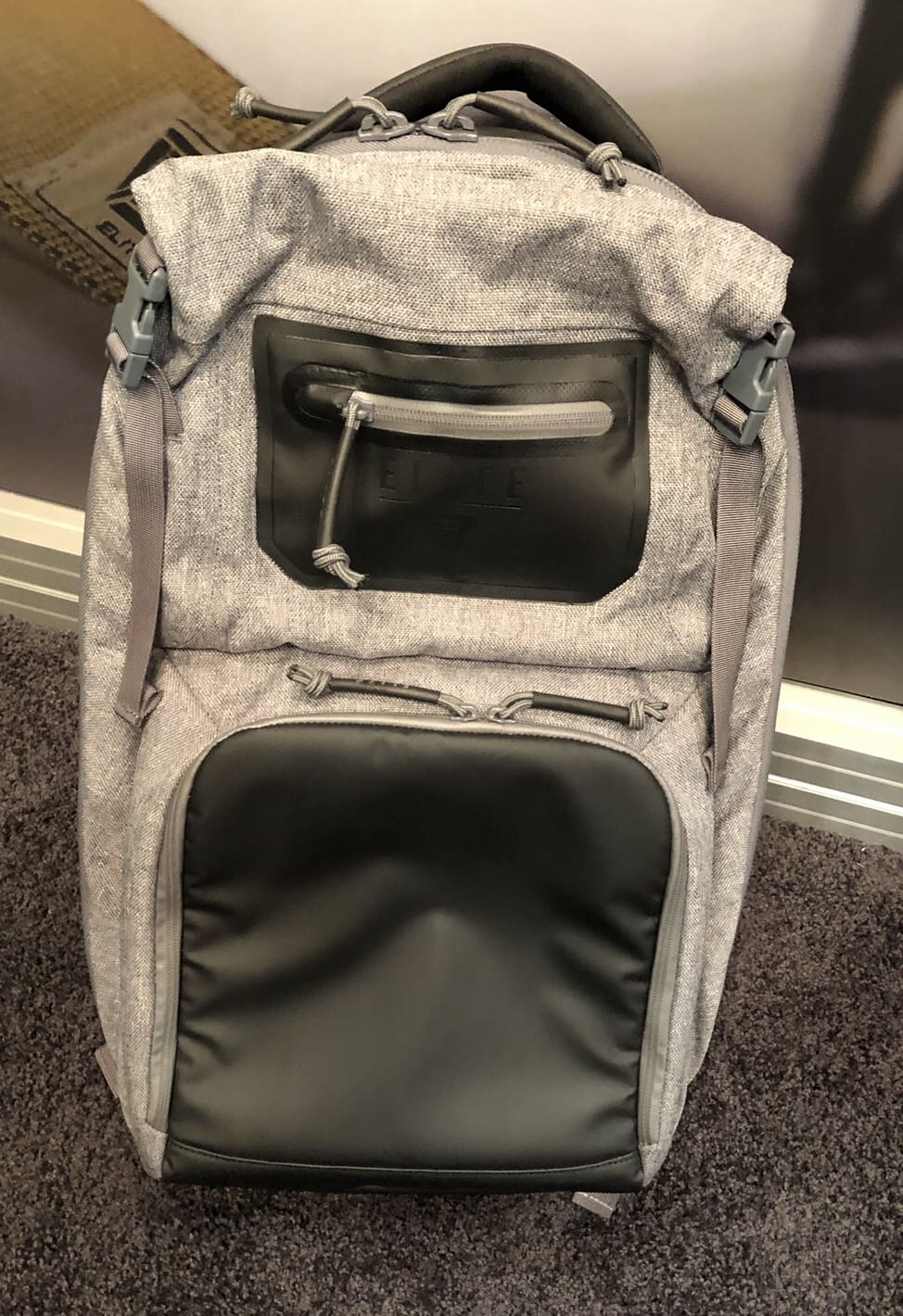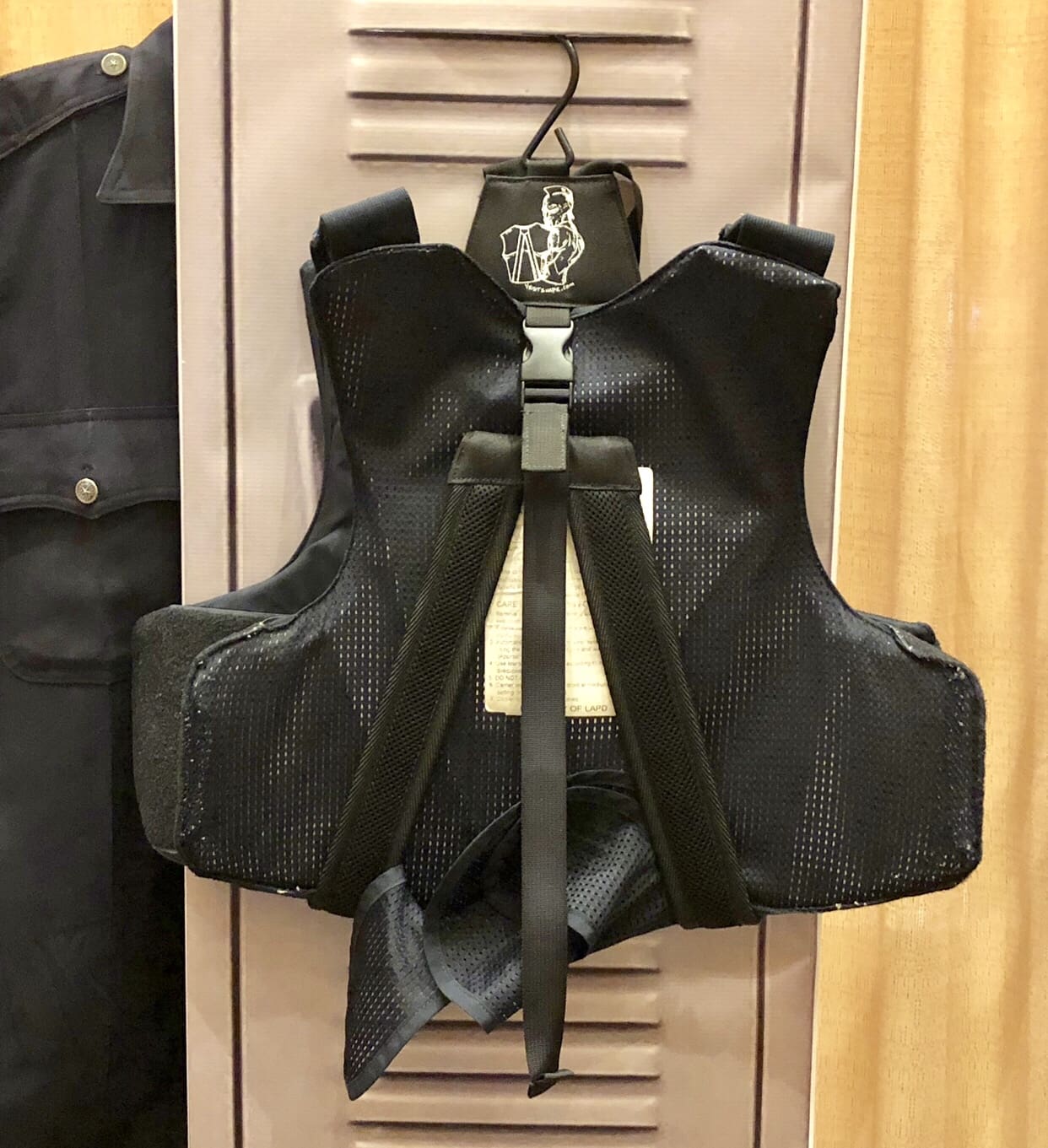The following piece is courtesy of Dr. Bruce D. Jette, Assistant Secretary of the Army for Acquisition, Logistics, and Technology – ASA(ALT). His Office’s mission is to provide our Soldiers a decisive advantage in any mission by maintaining quality acquisition professionals to develop, acquire, field, and sustain the world’s best equipment and services through efficient leveraging of technologies and capabilities to meet current and future Army needs.
The Army continues to advance on a number of modernization and acquisition reform initiatives designed to develop and deliver new capabilities to warfighters more rapidly and cost-effectively than ever before.

More than ever, intellectual property (IP) is playing a critical role in our ability to modernize our weapon systems and maintain technological overmatch against our peers and near-peers.
The latest is a new policy on the management of IP signed by Secretary of the Army Dr. Mark T. Esper on Dec. 7.
According to Dr. Esper, “We must be careful to ensure that the policies and practices governing intellectual property provide us with the necessary access to effectively support our weapons systems, but do not constrain delivery of solutions to the warfighter and do not dissuade commercial innovators from partnering with us.”
IP is defined as “creations of the mind” — inventions, unique manufacturing processes, discoveries–in which owners are granted exclusive rights to control the use and dissemination. When discussing IP in the context of a weapon system or business system, we are often referring to technical data, like blueprints, drawings, technical specifications or computer software used in the system.
As a scientist, patent holder and former small business owner, I know that IP is the lifeblood of any company. It must be protected and fairly compensated, especially if we plan to attract the cutting-edge innovations of nontraditional companies that are so necessary in today’s environment. I also understand, however, that some IP is critical for the Army to be able to sustain its weapon systems over their long life cycles.
Through early planning for sustainment and appropriate investment in IP, we will give ourselves options. These options may improve readiness, reduce sustainment costs and increase availability–all critical factors in an Army facing unprecedented challenges from emerging threats, proliferation of technology and rapid innovation by our adversaries.
A BALANCED APPROACH
Developing a policy that carefully balances the goals of fostering private innovation with long-term sustainment considerations was my direction to Dr. Alexis Laselle Ross, the deputy assistant secretary of the Army for strategy and acquisition reform, who spearheaded this entire effort and worked across all stakeholders to make the Army IP policy a reality.
This new, balanced approach represents a significant change in the way we manage IP. Historically, we have defaulted to one of two scenarios. We either demand more data and rights than required, which is costly and can drive away companies, especially nontraditional innovators not accustomed to working with DOD. Or, we wait until late in the acquisition process to negotiate IP rights, which may lock us into long-term, costly, sole-source arrangements with original equipment manufacturers.
The new approach is much more nuanced. It discourages a one-size-fits-all attitude and requires that we consider the unique needs of each weapon system and its components as we develop the IP strategy. Four key principles underpin the new policy:
1. FOSTER OPEN COMMUNICATON WITH INDUSTRY
The Army must be transparent and open with industry early and often. With a continuous dialogue, we can better articulate our technical and software data requirements, rights and intentions early, so that both parties are on the same page regarding mutually beneficial license arrangements. Most importantly, we want to ensure these early discussions are protected. The new policy requires that extra steps be taken to protect all IP-related discussions.
2. PLAN EARLY AND DEVELOP A CUSTOMIZED IP STRATEGY
No two acquisition programs are alike. As such, data requirements and rights should not be treated the same. Each system will have different sustainment and modernization needs across its life cycle. Therefore, it is important that we train all of our workforce professionals, especially in program management and contracting, to assess these short- and long-term needs and develop a customized strategy aligned to those needs.
3. NEGOTIATE CUSTOM DATA AND LICENSES
After carefully assessing the needs, we must negotiate for the appropriate–not all–IP to support them. We should seek to develop creative and flexible approaches to IP so that we don’t overpay for or stifle industry innovation. We will look to industry to help us develop such custom licenses.
4. NEGOTIATE EARLY IN PROCESS FOR COMPETETIVE PRICES
As good stewards of taxpayers’ dollars, we must leverage economic principles when negotiating prices. To that end, the new policy encourages setting prices as early as possible in the process so that they are competitive.
CONCLUSION
This new policy is the first step in a cultural change within the Army. The next step is more detailed implementation guidance to the field, which we are developing for release in early 2019. We also assembled a team of experts from across the Army to identify what additional processes, guidance and training may be required to ensure that the policy is having its intended effect.
My objective is to empower and enable our workforce professionals to think differently and act appropriately to ensure that our organizations, policies, processes and tasks that consume time, money and manpower deliver real value.
In closing, I wish you and your loved ones a happy and healthy 2019!
This article is published in the January — March 2019 issue of Army AL&T magazine.
